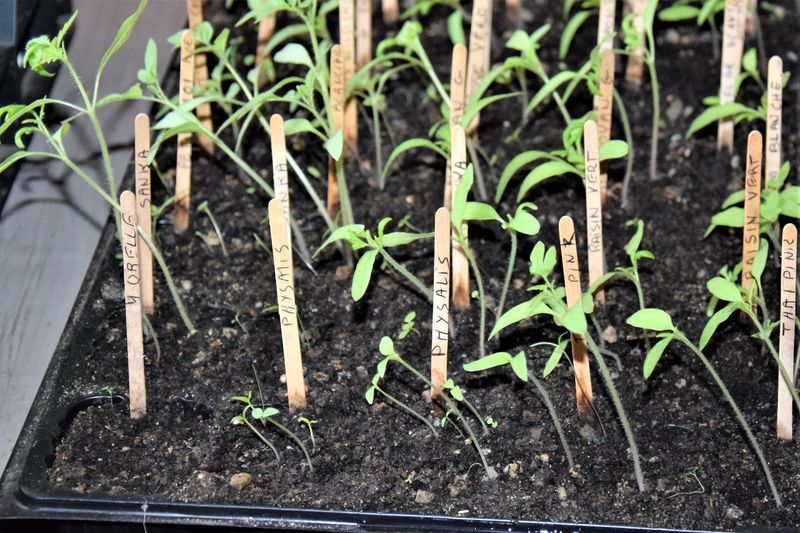The relationship between light and plant growth is complex. Some seeds will only germinate in light, others in darkness, and for some, the need for light is related to temperature. Once a plant starts to grow, it needs some light, but this is not a given amount for all plants. You can deduce what a seed is likely to need based on where it naturally grows.

Light and germination
Some seeds just need to be exposed to a certain number of candles before they germinate. A short period of bright light is the same as a longer period of lower light levels. Others have more specific light requirements. Some are even wavelength sensitive. As a general rule, small seeds need light to germinate. You should plant seeds that need light on the surface of the soil and press them down, not cover them.
Light and temperature
Some seeds are sensitive to a combination of light and temperature for germination. These are often alpine plants like Primula denticulata. If the temperature is warm, the seeds will germinate in any light. However, if the temperature is cooler than normally required for germination, the seeds will germinate if there is enough light. The extra light breaks the seed’s dormancy, ensuring that the plant will have time to mature before the end of the brief alpine growing season.
Seeds requiring darkness
Some seeds require darkness to germinate. These are usually large seeds with thin husks, although there are exceptions. Garden peas and marijuana seeds need darkness. Fewer seeds need darkness than those that need light. These seeds should be planted deeper when planted or, if planted in a seed tray, the tray should be covered with something that will keep the light out until the seeds have germinated.
Growing the seedlings
Once the seeds have germinated, the combination of light and temperature determines their growth. These requirements can also be inferred from where they grow naturally. If there is not enough light, the seedlings will be larger but will be thin and leggy. They will be less likely to survive transplanting. If there is too much light for plants that grow naturally in low light, they will be weak and start to burn and turn brown around the edges of the leaves.

